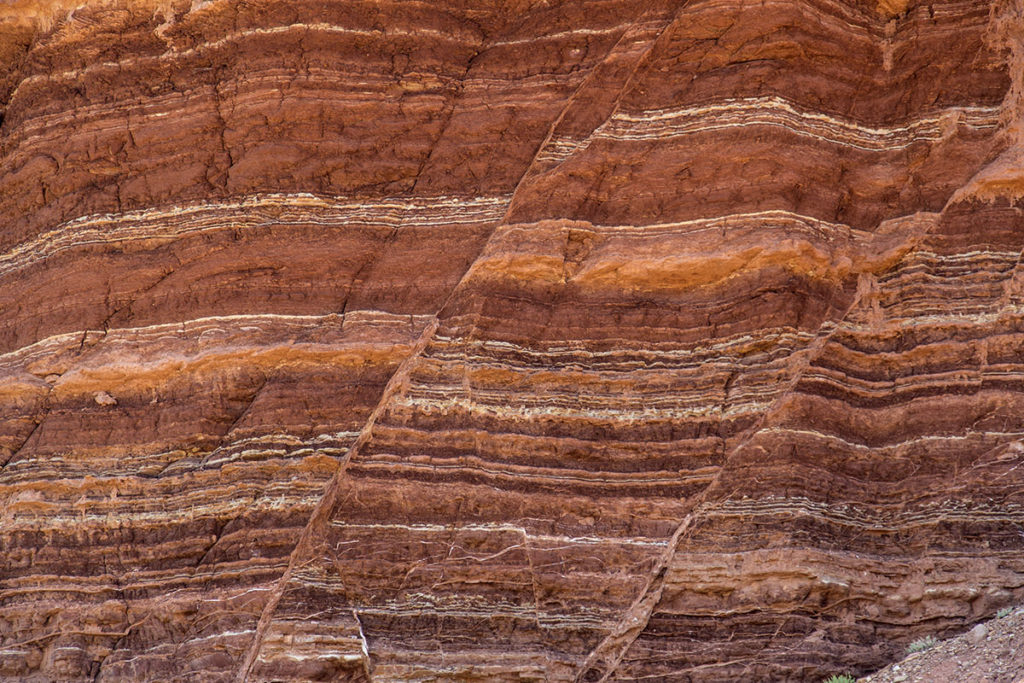Earth science classes typically present plate tectonics and the rock cycle as separate and unrelated concepts. Yet land and rock formation are directly related to the tectonic environments in which they form. Indeed, plate tectonic interactions are fundamental to understanding geological processes.

A new project funded by the National Science Foundation is focused on teaching rock formation within the context of plate tectonics. Geological Construction of Rock Arrangements from Tectonics: Systems Modeling Across Scales (or GeoCRAFT for short) is a partnership between the Concord Consortium and Pennsylvania State University. GeoCRAFT is a continuation of our current work together in GEODE, which is designing Earth systems models and simulations and researching students’ ability to reason about the plate system.
GeoCRAFT plans to develop a dynamic interactive model embedding rock formation within the plate tectonics system that will allow students to investigate the evolution of rock sequences created under certain tectonic conditions. Coined the Tectonic Rock Explorer, the simulation will use the physics involved in geodynamic data to bring to life the compressional and tensional forces of tectonic plates along with calculations of pressure and temperature in order to determine the resulting rock formations.
GeoCRAFT hopes the Tectonic Rock Explorer will transcend the typical approach in classrooms by allowing students to connect the geologic processes with the rock and land formations. Two curriculum modules will include the innovative new simulation, one focused on the relationship between tectonic movements and rock formation processes and the other focused on geochronology and dating of geologic formations and events. Rather than simply being shown static images of, say, a rock outcrop with defined layers of different rocks and explaining how the layers formed, students will be able to create a simulation and watch similar layers form before their eyes. And by interacting with the Tectonic Rock Explorer, students will be able to tie together plate tectonics and rock formation and to reason about the kinds of rocks that are created under specific tectonic situations, much like geoscientists do.
Our goal is to help students develop explanations for real-world events with a foundation in plate tectonics using simulations and computer-based tools to observe and manipulate processes that would otherwise be inaccessible.